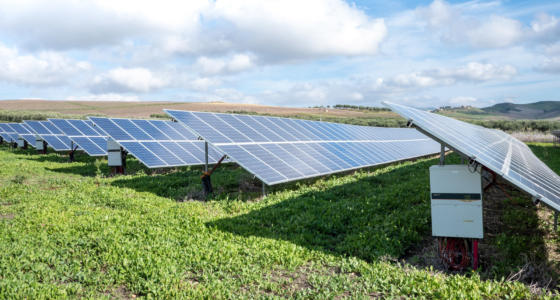Environment
The planning application for the solar farm will consider a range of environmental aspects, including:
Improving the biodiversity of the land
There is potential to enhance the biodiversity of the site, by giving the land a break from intensive farming (instead, the land may be grazed by sheep), sowing wildflowers and encouraging insects and birds. Any gaps in hedgerows will be infilled with additional planting, providing the opportunity to strengthen existing habitats.
It might also be possible to have beehives on site, for producing honey. We’re interested to hear from any local groups who would like to share ideas or get involved with improving the biodiversity of the solar farm site.
Local wildlife
Environmental surveys are currently being undertaken, but Phase 1 Habitat Surveys have shown there is limited ecological value within the site. Existing access points into the site will be used to avoid disturbing any hedgerows/trees. Using existing access points will also avoid the need to complete any further bat surveys. We will look at how the solar farm proposal can enhance habitats for the species on site by improving biodiversity.
Considering flood risk
The site is located in Flood Zone 1, so no additional flood risk is expected from the development of the solar farm.
Assessing potential noise
There is some noise during the day from the electrical components, and these are located within the central areas of the solar farm wherever possible. Noise at the perimeter of the site should be hidden by background noise. A Noise Assessment will be submitted with the planning application.
Archaeology
A full archaeological assessment will be undertaken as part of the planning application.
Managing the construction process
The nature, timings and duration of the construction process would be agreed in advance with the Council, aiming to keep disturbance to a minimum. We will also agree a Traffic and Access plan with the Council’s highways department and planning officers to keep any temporary disruption to main roads around the site to a minimum. Once the solar farm is operational, there would be no traffic associated with it other than the small vehicles/vans that are usually required for normal maintenance, typically undertaking visits once or twice a month.



